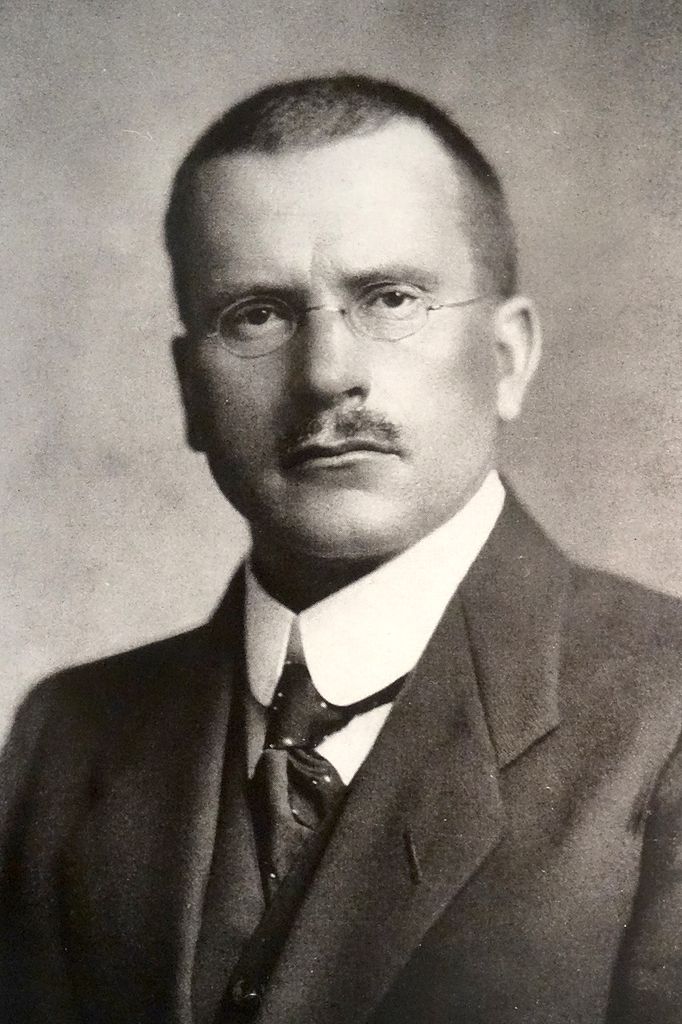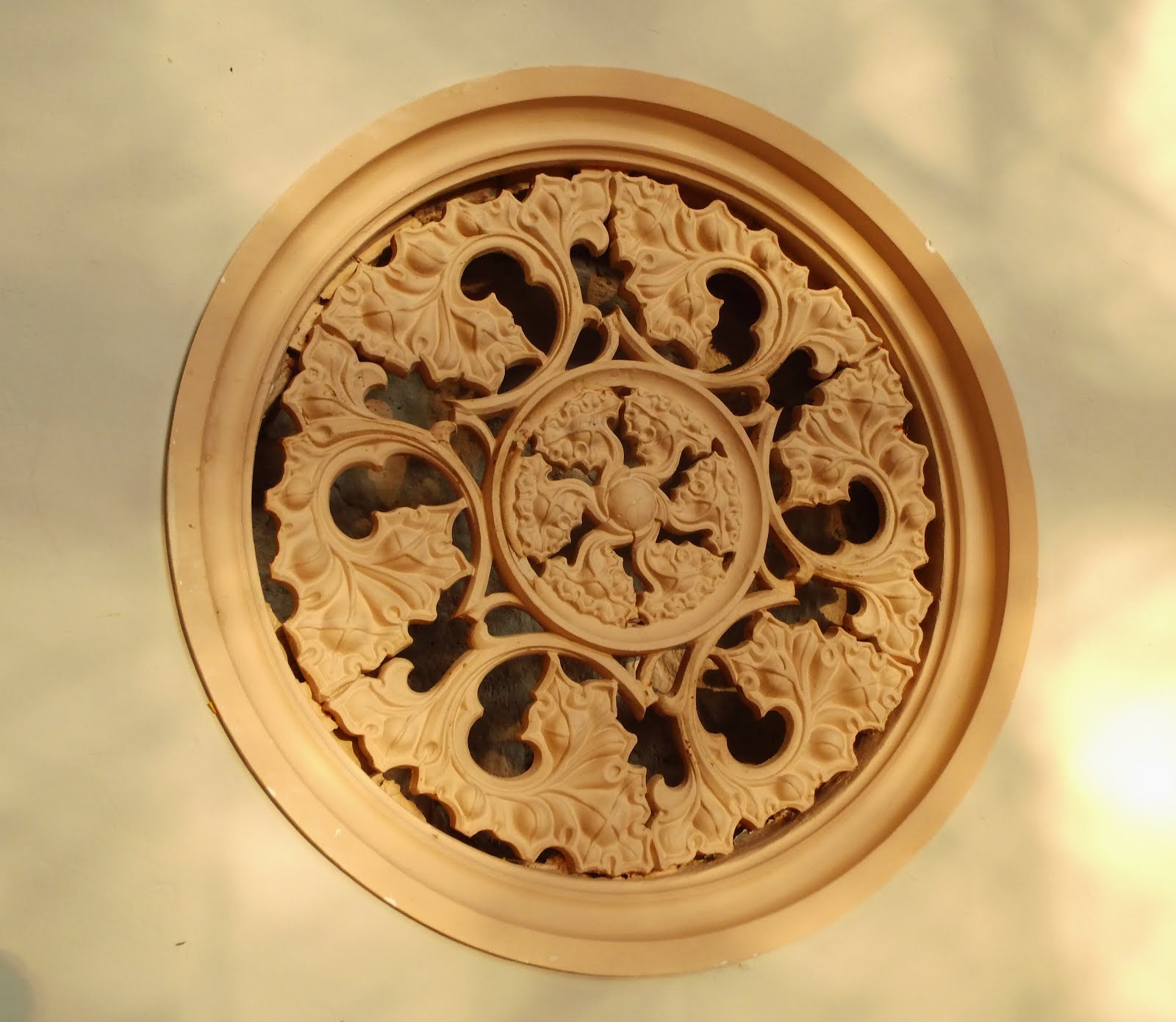
Ich muß zugeben, daß mir der gestrige Post völlig weggerutscht ist, aber ich will ihn zweier Namen wegen denn doch beenden.
Da wäre einmal Bertel Thorvaldsen, geboren am 19. November 1770, ein zu Lebzeiten äußerst populärer Bildhauer.
„Thorwaldsens Hauptgebiet war die Darstellung idealer, mythologischer Gestalten; doch entsprach seinem Wesen eigentlich nur das Idyllische in der antiken Kunst, das unter seinen Händen neue Gestalt gewann. In dieser Beziehung hat er eine Zeitlang auf die Richtung der Kunst des 19. Jahrh., besonders aber auf die Bildhauerkunst und Kunstindustrie seines Vaterlandes, starken Einfluß geübt. Die Darstellung des Individuellen, Charakteristischen war ihm dagegen versagt, ebenso wie das Dramatische außerhalb seiner Begabung lag.“
aus Meyers Großes Konversations-Lexikon. Sechste Auflage 1905-1909. Artikel "Thorwaldsen"
Von seinen Werken wollen wir dies präsentieren, weil es eine besondere Geschichte hat. Es ist das Löwendenkmal in Luzern, das an die bei der Verteidigung der Tuilerien in Paris gefallenen Schweizergardisten erinnert.

Das Löwendenkmal in Luzern um 1900
hier gefunden
hier gefunden
Von der Leibwache König Ludwig XVI. fielen dabei etwa 760 Schweizer, als die Revolutionäre am 10. August 1792 den Tuilerienpalast stürmten, um der Person des Königs habhaft zu werden. Das Denkmal wurde nach einem Entwurf Thorvaldsens vom Konstanzer Steinmetz Lukas Ahorn in einem ehemaligen Sandsteinbruch bei Luzern geschaffen. Es zeigt einen sterbenden Löwen auf den zerbrochenen Symbolen der französischen Monarchie.
Und dann wurde am 19. November 1231 Landgräfin Elisabeth von Thüringen begraben, die Heilige Elisabeth, der 19. November ist darum ihr Namenstag. Sie ist eine der wenigen Heiligen, deren Gedächtnis auch in den protestantischen Kirchen heute noch gepflegt wird, und eine Gestalt, an die die Erinnerung nie untergegangen ist. Ihr Schwiegervater, Landgrafen Hermann von Thüringen war übrigens einer der bedeutendsten Mäzene des Mittelalters. Aber zu all diesem wäre soviel zu sagen, daß das ein anderes Mal geschehen muß.

Edmund Blair Leighton, "The Charity of St. Elizabeth of Hungary", 1895
hier gefunden
hier gefunden
There is a translation in the comments













1 Kommentar:
Varia - translation
I have to admit yesterday's post was sliding off somehow, but I want to finish it because of two names.
There is Bertel Thorvaldsen (http://en.wikipedia.org/wiki/Bertel_Thorvaldsen), who was born on November 19th 1770, an extremely popular sculptor during his lifetime.
"Thorvaldsen's main area was the representation of ideal mythological figures, but really suited to his nature was only the idyllic ancient art, which became under his hands a new form. In this respect he has had for some time a strong influence at the direction of art in the 19th Century, but especially in the art of sculpture and art industry of his country. The presentation of the individual, the characteristic was denied to him however as the dramatic was beyond his abilities."
(Meyers Großes Konversations-Lexikon. Sechste Auflage 1905-1909. Artikel "Thorwaldsen")
From his works we want to present this because it has a special history. It is The Lion Monument in Lucerne; it commemorates the Swiss Guards who were killed in action defending the Tuileries in Paris (http://en.wikipedia.org/wiki/Lion_Monument).
[Not in the post:
“The Lion lies in his lair in the perpendicular face of a low cliff — for he is carved from the living rock of the cliff. His size is colossal, his attitude is noble. How head is bowed, the broken spear is sticking in his shoulder, his protecting paw rests upon the lilies of France. Vines hang down the cliff and wave in the wind, and a clear stream trickles from above and empties into a pond at the base, and in the smooth surface of the pond the lion is mirrored, among the water-lilies.
Around about are green trees and grass. The place is a sheltered, reposeful woodland nook, remote from noise and stir and confusion — and all this is fitting, for lions do die in such places, and not on granite pedestals in public squares fenced with fancy iron railings. The Lion of Lucerne would be impressive anywhere, but nowhere so impressive as where he is.”
Mark Twain, A Tramp Abroad, 1880]
From the Swiss Guards of King Louis XVI about 760 Swiss died when the revolutionaries attacked on August 10th 1792 Tuileries Palace to get the king. The monument was created after a design of Thorvaldsen by the stonemason Lukas Ahorn from Constance in an old sandstone quarry near Lucerne. It portrays a dying lion on the broken symbols of the French monarchy.
And then on November 19th 1231 Landgräfin Elisabeth von Thüringen (http://en.wikipedia.org/wiki/Elisabeth_of_Hungary) was buried, the St. Elizabeth, the 19th November is therefore her name day. It is one of the few saints whose memory, even in the Protestant churches is still maintained today and a figure to which the memory is never lost. Her father in law, Landgrave of Thuringia, was actually one of the major sponsors of Middle Age culture.
But about all this much is to be said, so this needs to happen another time.
Kommentar veröffentlichen